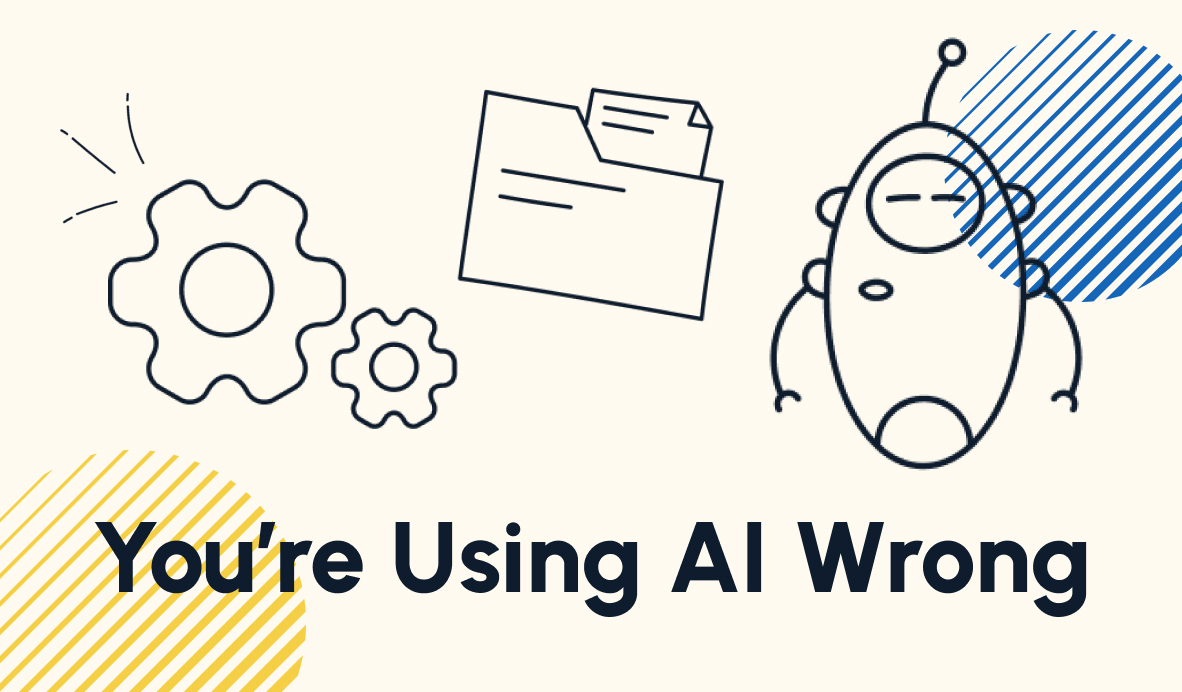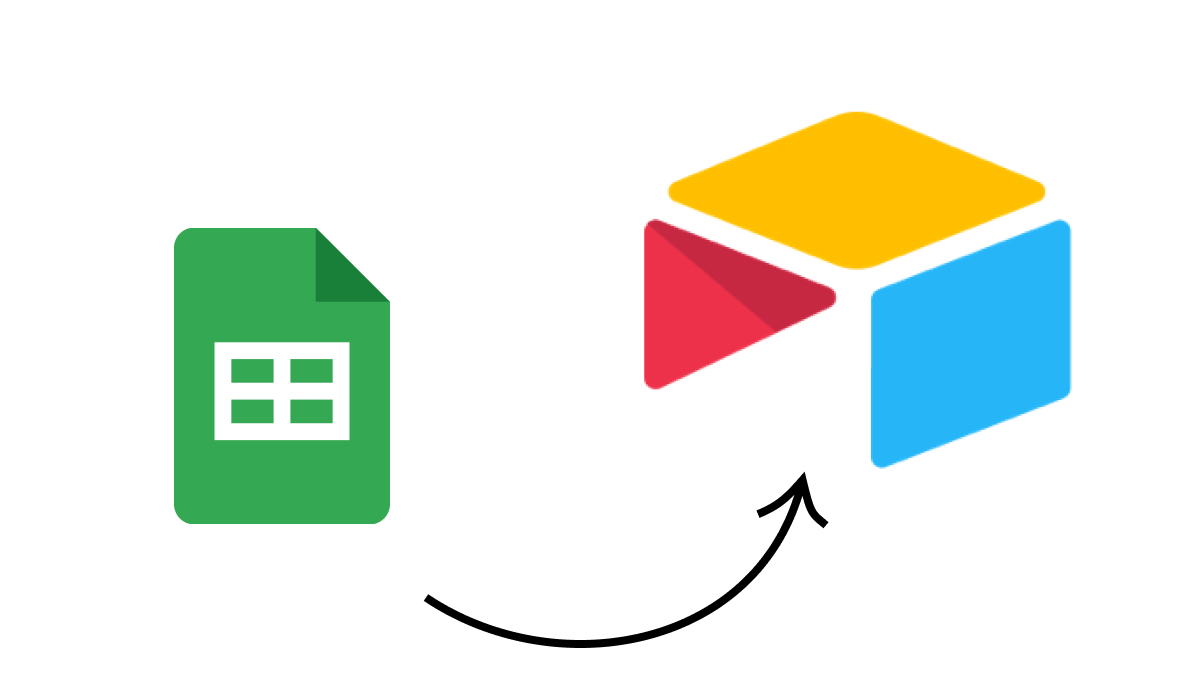Give Your Team the Tools and Context they Need to Thrive
When your team isn't performing up to their full potential, the problem often comes down to workflows and resources. In this post, we'll show you how you can turn your workflows into helpful assets, enabling everyone on your team to do their best work.
September 7, 2022

As a manager or executive, you want to see everyone in your organization thrive in their role.
Unfortunately, that doesn’t always happen, and you’ll often see people on your team struggling to contribute at the level you expected.
In many cases, your team’s struggles are all about workflows. More specifically, they’re related to how you’ve defined and documented the workflows that they perform on a daily basis.
In this post, we’ll explain how you can set up precise, context-rich workflows to let your team get the most out of their everyday efforts.
Scattered and vague workflows make your team struggle with their assignments
When people on your team aren’t living up to their full potential, it’s not always a question of talent or motivation. In many cases, people simply don’t have the resources they need to succeed at their fingertips.
If you’re not careful about assembling accurate documentation and keeping it up to date, your team may be sifting through old and misleading information as they try to figure out what to do.
As companies continue to adopt more SaaS tools every year, it can be a challenge for a new hire to sort through all of the apps and resources that they need in order to complete each individual task.
In short, when people have to spend too much of their time figuring out how to use your company’s specific systems, they’re going to find it difficult to deliver great work.
Turning workflows into tangible objects
So what’s the answer? How do you enable people to do their jobs better?
At XRay, we’ve found great results in turning workflows into objects.
For most people and organizations, a “workflow” is just an abstract concept. It describes a set of actions to perform, or a list of tasks and goals to accomplish. But it’s not usually something that exists in one place; it has to be pieced together from a dozen or more disparate sources.
To complete a workflow, you usually need to sift through various pieces of documentation, solicit advice from coworkers, open up several apps, and figure out the parts that are undocumented or out of date.
This haphazard process frequently leads to inconsistent performance and results. In some cases, people on your team might be doing great work that goes unnoticed and unused because it wasn’t submitted to the right channels for review or saved in the right place.
So instead of leaving your workflows scattered and vague, we encourage you to start turning them into more tangible objects. Every workflow should have clear, concise directions and readily accessible resources. Your workflows also need to be repeatable, so that anyone with the right skill set or background can adopt them right away.
How to design a workflow
There are three key components of a workflow as an object: flowcharts, user documentation, and easily accessible resources.
Demonstrate the bigger picture with flowcharts
Flowcharts serve as simple visual documentation that demonstrates the entire workflow. They show how data moves between various apps, departments, and channels at your organization.
Flowcharts illustrate the big-picture context of each workflow, so each user can see how their piece fits into the complete puzzle.
We love using Lucidchart for Flowcharts. Check it out for an easy way to build robust, detailed charts.
Provide context and instructions with user documentation
User documentation consists of concise, step-by-step instructions for how to perform the workflow. The documentation should cover what forms to fill out, what links to use, what decisions need to be made, or any other necessary information.
In most cases, your documentation should be non-technical; anyone in the relevant department or role should be able to understand and follow these docs.
At XRay, we recommend using Notion for documentation. It’s got lots of options for formatting each doc, and adding database attributes to keep track of your information.
Compile all necessary resources into an accessible location
All of the apps, files, links, and other resources that someone needs to accomplish the workflow should be easy to find and access. When your team has everything they need in one place, they’ll be able to minimize context switching and interruptions.
They’ll be able to maintain their focus as they work, and they won’t interrupt other team members just to get access to the resources they can’t easily find.
To organize workflow and share resources with a single click, check out XRay Workflow. Read on to learn more about the software we’ve built to help you manage your workflows and their resources.
Let your team focus on getting work done
With these three components in place, your team will be able to focus almost entirely on the work itself.
For instance, they don’t need to worry about how a presentation should be formatted, or where it should be saved, or who to notify - they can just focus on the content of the presentation itself. And as they find ways to improve the workflows, they can easily update the docs and resources to make the change official.
Using XRayWorkflow to manage your workflows
Using apps like Notion to organize your workflows is a great start, but it still has its limitations. Ultimately, you’re still going to have to leave Notion to open up all of the various apps that make up each workflow.
And as you add more pages to your workspace, it will be difficult to keep everything organized and readily accessible. This results in some significant context switching, which can burn minutes every hour and break focus.
At XRay, we’ve developed an app designed to be the home screen for all of your workflows. We built it to deliver, catalog, and perform workflows, and you can use it to trigger key automations too.
With XRay Workflow, anything on the web can be saved as a pin.
You can save text and links to the tools you already use, or even embed websites and webapps. Everything you need to perform a workflow will be right there on one board, making it easy to visualize, share, and maintain the latest workflow for you and your team regardless of the tools you use.
XRay Workflow is currently in beta, and you can sign up for free here.
Give your team a boost with well-documented workflows
Workflows are the core of what we do every day. Equipping your team with well-documented, accessible workflows is the best way to ensure that they’ll live up to their full potential.
And if you’re interested in using XRay Workflow to manage your workflows, you can sign up today for the free beta.
To learn more about designing workflows and automating robotic tasks, check out our blog or our YouTube channel. You can also follow XRay on Twitter, Facebook, or LinkedIn.














